Loading
Journal of Experimental Pathology
ISSN: 2694-5061
Editors Choice Articles
Cancer Stem Cells, Together with Mesenchymal Stem Cells and Other Cooperative Cells, Govern the Initiation and Development of Cancer
Gabriella Racchetti, Jacopo Meldolesi
Until the end of last century, the origin and development of cancers were mostly attributed to the proliferation of their active cells, operative in collaboration with non-cancer cells of the patients. In particular, an important role was attributed to cells now recognized as mesenchymal stem cells (MSCs), first considered a few decades ago. Initially, however, the role attributed to these cells was only limited.
J Exp Pathol, 2022, Volume 3, Issue 1, p6-11 | DOI: 10.33696/pathology.3.032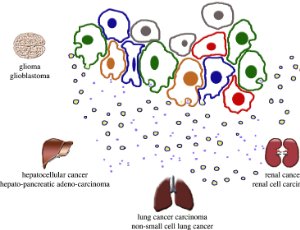
Arid5a Inroads to Immunity, Inflammation, and Cancer
Kishan Kumar Nyati, Tadamitsu Kishimoto
The immune system is essential to host defense because it senses attacking pathogens and elicits protective immune responses. Although immune responses can protect against pathogens, uncontrolled immune responses cause tissue damage and other pathological consequences through their inflammatory mediators.
J Exp Pathol, 2020, Volume 1, Issue 1, p11-15 | DOI: 10.33696/pathology.1.002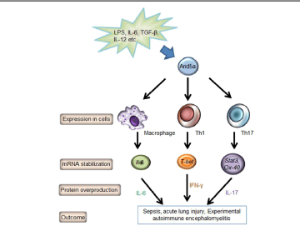
Azot is Not Essential for Loser Cell Elimination in a Time-dependent Manner
Mariana Marques-Reis, Barbara Hauert, Eduardo Moreno
Cell competition is a conserved phenomenon spanning from arthropods to humans. It involves the elimination of viable yet suboptimal "loser" cells when juxtaposed with their fitter "winner" counterparts. This process has received increased attention for its implications in cancer initiation and progression, neurodegeneration, and ageing. This study investigates the presence of the loser fitness fingerprint Flower LoseB (Fwe LB) and the fitness checkpoint Azot in the optic lobes over a period of 28 days. Notably, the absence of Azot is conventionally linked to the accumulation of loser cells over time.
J Exp Pathol, 2024, Volume 5, Issue 1, p31-37 | DOI: 10.33696/pathology.5.050
Mechanistic and Translational Advances Using iPSC-Derived Blood Cells
Christopher S Thom, Stella T Chou, Deborah L French
The human induced pluripotent stem cell (iPSC) technology was developed more than ten years ago and has provided important tools for the mechanistic and cellular interrogation of many diseases [1]. To generate iPSC lines, somatic cells are reprogrammed into cells resembling embryonic stem cells by the overexpression of key transcription factors.
J Exp Pathol, 2020, Volume 1, Issue 2, p36-44 | DOI: 10.33696/pathology.1.010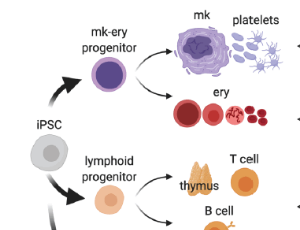
News About the Extracellular Vesicles from Mesenchymal Stem Cells: Functions, Therapy and Protection from COVID-19
Jacopo Meldolesi
The present Commentary is a critical follow-up of a previous review about “Extracellular vesicles, news about their role in immune cells: physiology, pathology and diseases”, appeared in Clinical and Experimental Immunology last June 2019 [1].
J Exp Pathol, 2021, Volume 2, Issue 1, p47-52 | DOI: 10.33696/pathology.2.015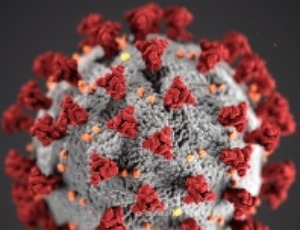
Succinate Accumulation Links Mitochondrial MnSOD Depletion to Aberrant Nuclear DNA Methylation and Altered Cell Fate
Kimberly L. Cramer-Morales, Collin D. Heer, Kranti A. Mapuskar, Frederick E.Domann
Epigenetic processes provide a mechanism for integrating metabolic inputs and translating them into various phenotypic outputs [1,2]. Indeed, epigenetic modifiers often require or are inhibited by key citric acid cycle (CAC) metabolites (e.g. succinate,
J Exp Pathol, 2020, Volume 1, Issue 2, p60-70 | DOI: 10.33696/pathology.1.009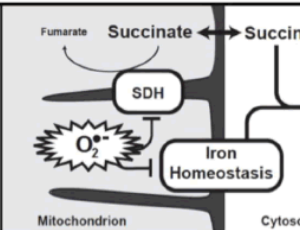
BNT162b2 mRNA COVID-19 Vaccine Elicited Antibody Responses in COVID-19-naïve Subjects
Chin Shern LAU, Soon Kieng Phua, Ya Li Liang, Mei Lin Helen Oh, Tar-Choon Aw
Coronavirus disease 19 (COVID-19) mRNA vaccines have gained international acceptance and have been proven to be safe and effective [1,2]. In a study of 3,950 frontline healthcare workers with no previous laboratory documentation of COVID-19 [3],
J Exp Pathol, 2021, Volume 2, Issue 3, p117-127 | DOI: 10.33696/pathology.2.023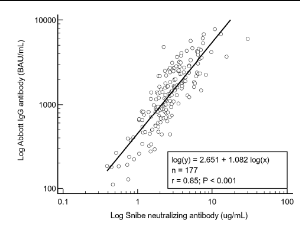
Spinal Capillary and Cavernous Haemangiomas in Developmental Age: Our Experience
Anthony Kevin Scafa, Giorgio Santoro, Vito Chiarella, Nicoletta Greco, Massimo Corsini, Manolo Piccirilli
Vascular anomalies are quite common lesions. They are frequently encountered in the pediatric population, being present at birth or developing later, during infancy, childhood, or adolescence. Most of these lesions are benign. Nevertheless, even benign lesions may exhibit significant morbidity without idoneous management [1].
J Exp Pathol, 2021, Volume 2, Issue 4, p164-168 | DOI: 10.33696/pathology.2.027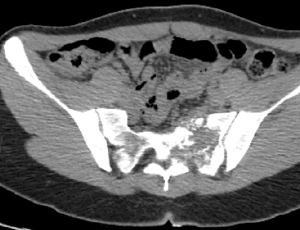
About Scientific Archives
Scientific Archives is a global publisher initiated with the mission of ensuring equal opportunity for accessing science to research community all over the world. Spreading research findings with great relevance to all channels without any barrier is our goal. We want to overcome the challenges of Open Access with ensured quality and transparency.
